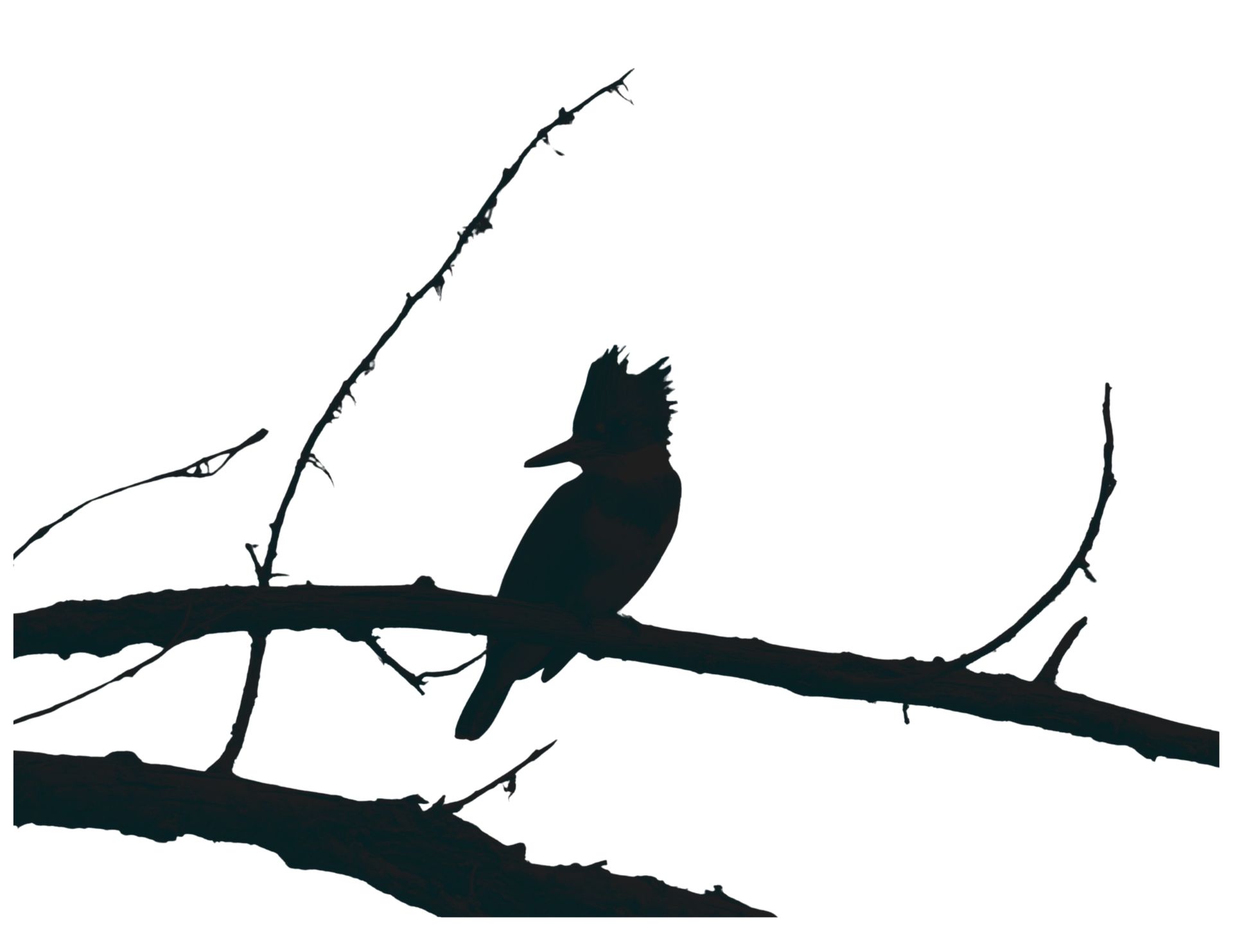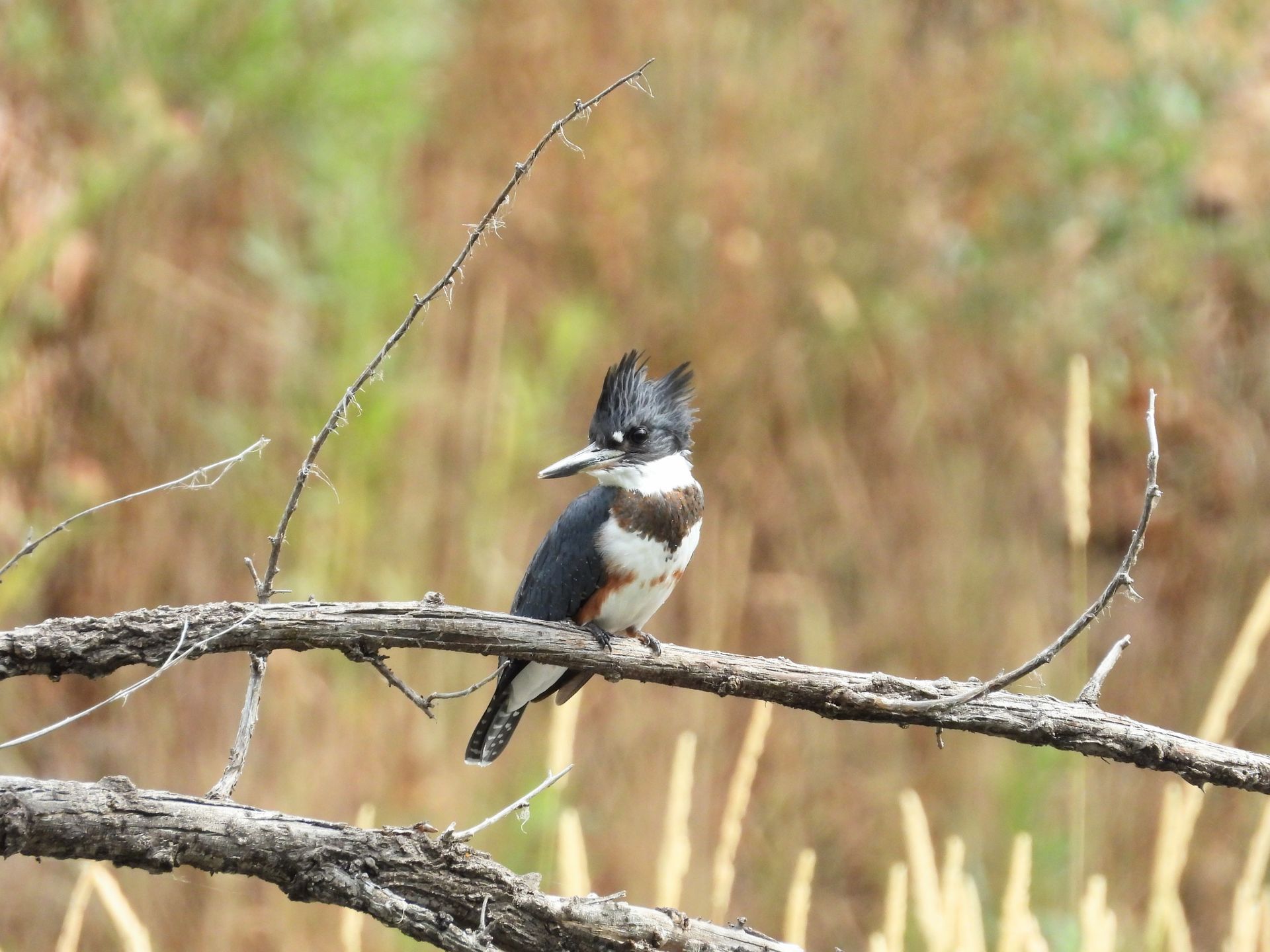
Why you make an impact
Birds help us understand the health of our ecosystems and connecting people to nature builds a culture of stewardship and care.
Every volunteer, visitor, and school group makes a huge difference in the community, because when we protect birds, we’re also protecting the air, water, land — and ourselves.
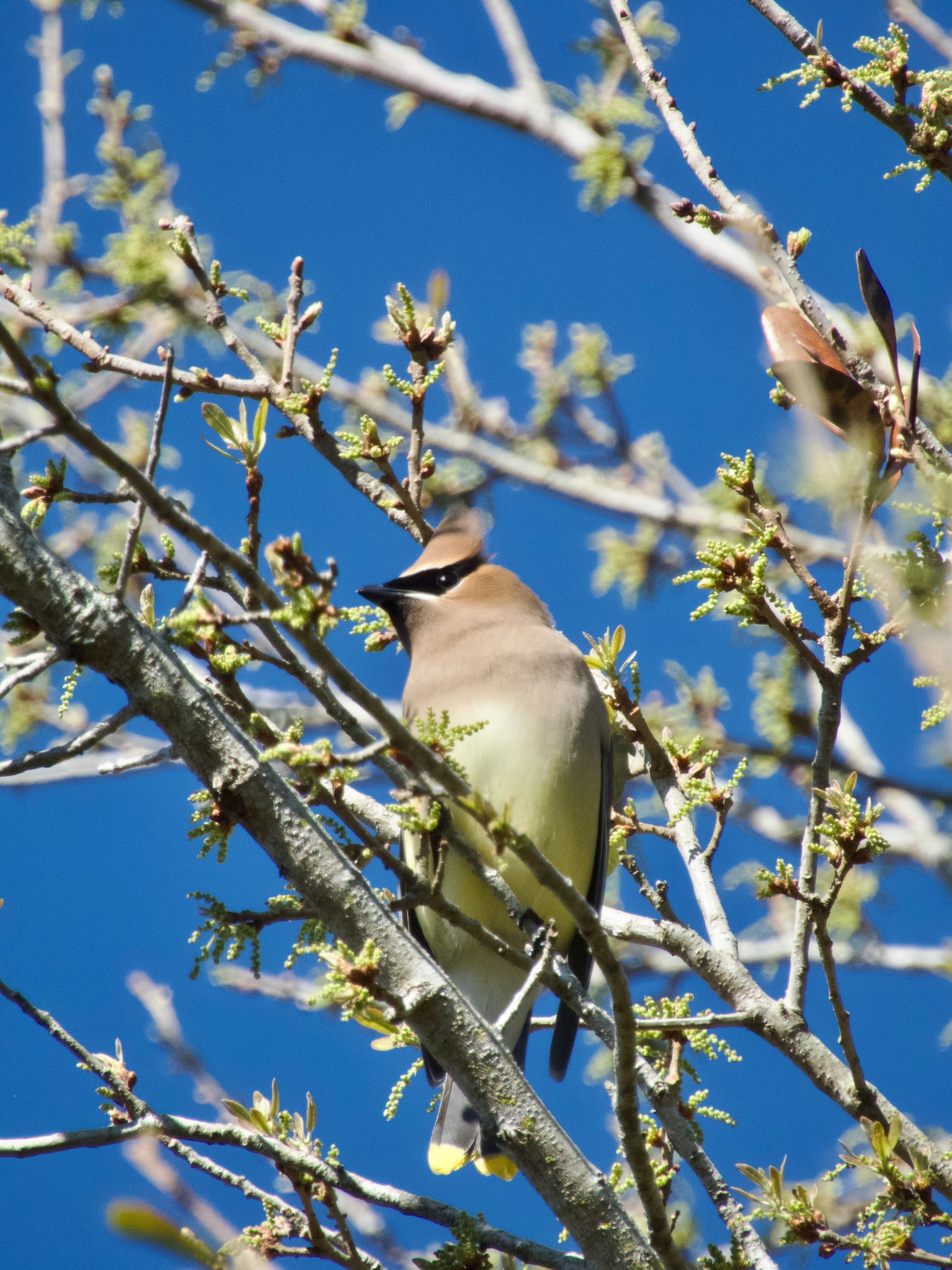
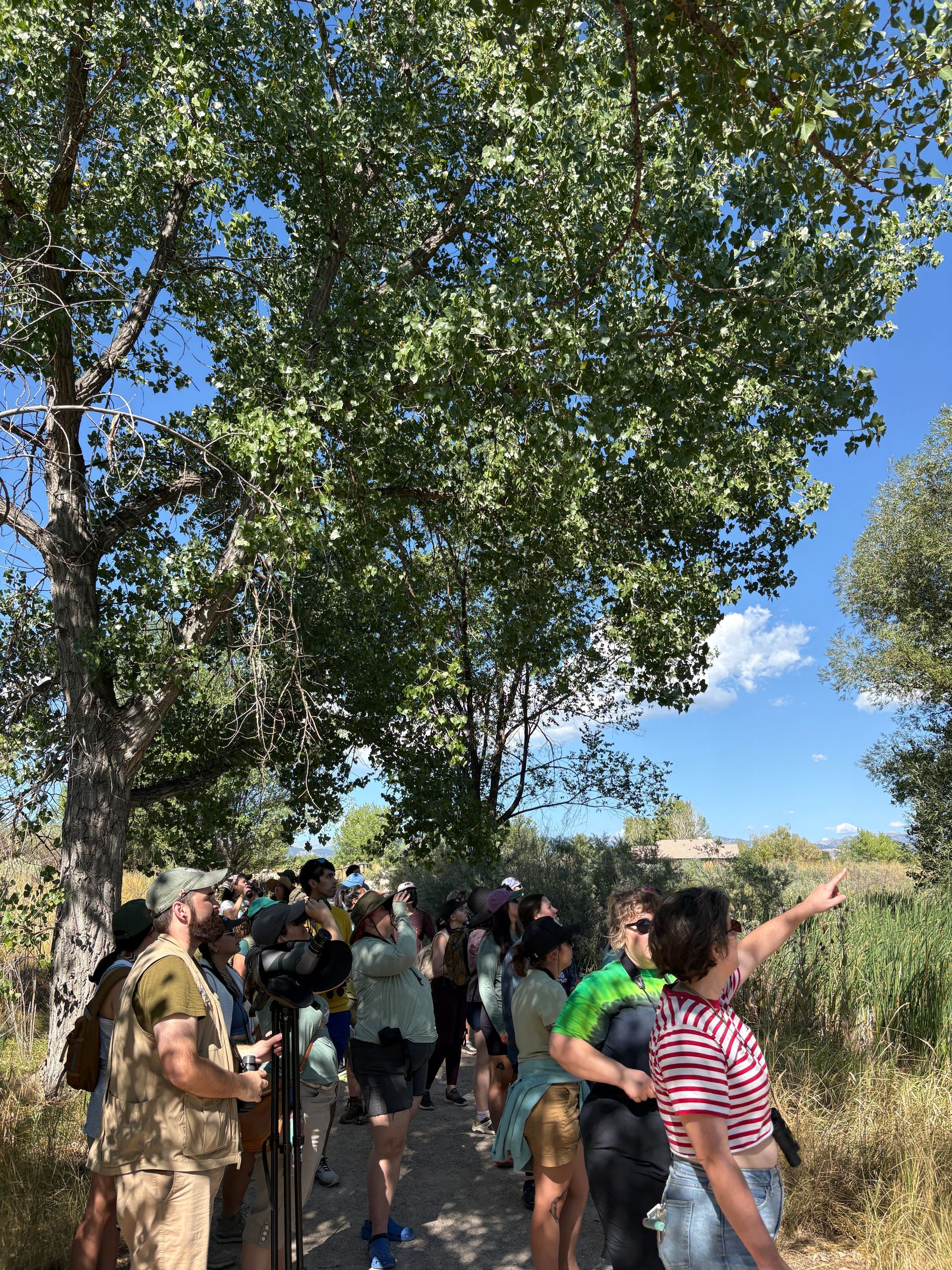
Important Dates
Online Neon Training Session:
Monday, January 12 from 4:00-5:30pm
We'll go through how to login, how to sign up for shifts, how to navigate the new portal, and how to log your hours.
Please bring your laptop, tablet, or smartphone. Registration not required.
Volunteer Enrichment Program: Introduction to Interpretation Techniques!
Saturday, January 24
9:00-11:00am at the Kingery Nature Center
Sign up for our first enrichment program of 2026!
Join Skot Latona, Manager of South Platte Park, for an interactive morning on the basics of resource communication: crafting a clear message, adapting to your audience, making it engaging, and inspiring action.
These skills are useful whether you’re helping at an event, leading a field trip, working in the garden, or chatting with community members.
Open to all volunteers, limited capacity.
Did you log your volunteer hours yet?
Tracking your time helps us evaluate our volunteer programs, support grant applications, and make sure your contributions are recognized and celebrated!
Volunteer Resources
List of Services
-
Welcome PacketList Item 1
Provided to new volunteers, this resource provides a "Make-It-Your-Own" elevator speech and ideas for sharing our mission
-
Trail Map of Kingery Nature CenterList Item 2
A great resource to have if you're guiding a program at the KNC.
Designed by Crystal Beckel, Denver Audubon Community Naturalist final project, 2020
-
Kingery Nature Center Bird Guide
Feel free to share and use this pamphlet to help visitors identify the various birds around the Kingery Nature Center.
Created by volunteer Andrew Wertheimer
-
Using Neon: A Step-by-Step Guide for Volunteers
The guide will show you how to get started, how to sign up for volunteer shifts, how to register for events, how to navigate the portal, and more!
-
Neon: Tutorial Video for Desktop Users
This video will show volunteers how to use the volunteer portal, Neon. We'll go through how to login, sign up for volunteer opportunities, register for public events, and how to log your service hours.
-
Neon: Tutorial Video for Tablets/Smartphone Users
This video will show volunteers how to use the new volunteer portal, Neon. We'll go through how to login, sign up for volunteer opportunities, register for public events, and how to log your service hours.
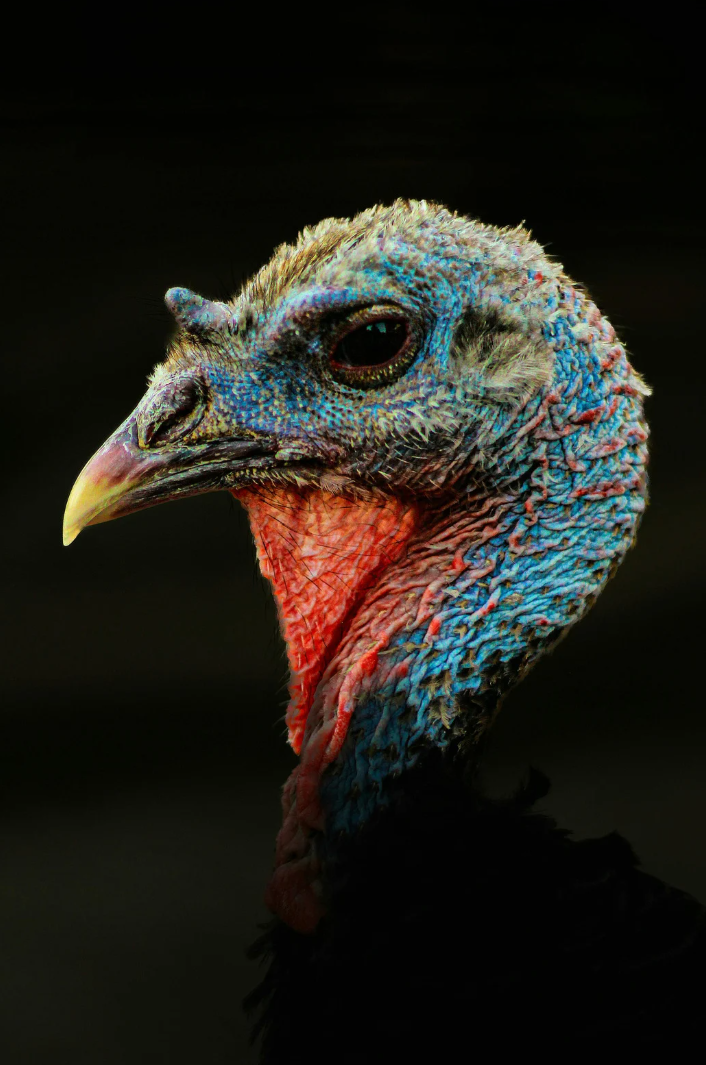
Feathered Feature:
Wild Turkey
Written by: Leslie Dixon
- The wild turkey (meleagris gallopavo) is found throughout most of North America. According to Colorado Parks and Wildlife (CPW) there are two sub-species in Colorado – Merriam’s and Rio Grande:
- Merriam’s are native and found in higher elevations, generally west of I-25, in forested habitat. The tail feather tips are white.
- Rio Grande turkeys were introduced in the 1980s and prefer riparian brush and scrub oak habitats, typically east of I-25. The tips of their tail feathers are tan.
- Males, know as “toms” are up to 48” tall with wingspans of 64” and can weigh in at up to 20 pounds. Toms are also known for the colorful wattle hanging from the head and a fleshy growth on the forehead called a snood. All toms and some hens have a cluster of feathers called a “beard” hanging from their chests.
- Females, “hens” are significantly smaller at 36” tall, 60” wingspans, and a weight around 9 pounds.
- As omnivores, turkeys forage on the ground (and sometimes in trees) looking for plant material, insects, and the occasional small reptile or amphibian.
- Males vocalize with the familiar “gobble gobble” while females make a sharp clucking sound.
- Males strut and display their tail feathers in the spring as part of the mating ritual. Females will lay clutches of around 10 eggs in ground nests and incubate them for about 28 days. The young turkeys, “poults” can fly at ten days old.
- In a letter to his daughter, Benjamin Franklin favored the wild turkey as the national bird. He thought that the turkey was a “true original of North America” and a “bird of courage” but, contrary to the legend, he did not actually propose it as a national symbol.
- Avoid feeding wild turkeys to prevent them from becoming dependent on humans and to avoid the risk of their aggressiveness.
Mystery Bird
Did you guess the mystery bird from The Chat newsletter?
This is a Belted Kingfisher, specifically a female.
With its chunky, top-heavy body, zippy flight, and signature rattling call, the Belted Kingfisher spends its time along rivers and shorelines like it owns the place. These daring birds nest in burrows dug into earthen banks and hunt almost exclusively in the water, plunging after fish and crayfish with their hefty, straight bills.
Their shaggy crests and powdery blue-gray feathers give them a striking appearance, males sport a single blue band across their white breast, while females flaunt both a blue and a chestnut band, adding a splash of color to their bold, confident presence.
You’ll often see them perched on riverside branches or even on telephone wires, keeping an eye out for prey below.
If you hover over the image to the right, you'll find a different picture of the bird. This photo was taken at Bear Creek Greenbelt in July 2024.
Do you have a mystery bird that may seem tricky to identify? Email your picture to
Jane, Volunteer Coordinator.
